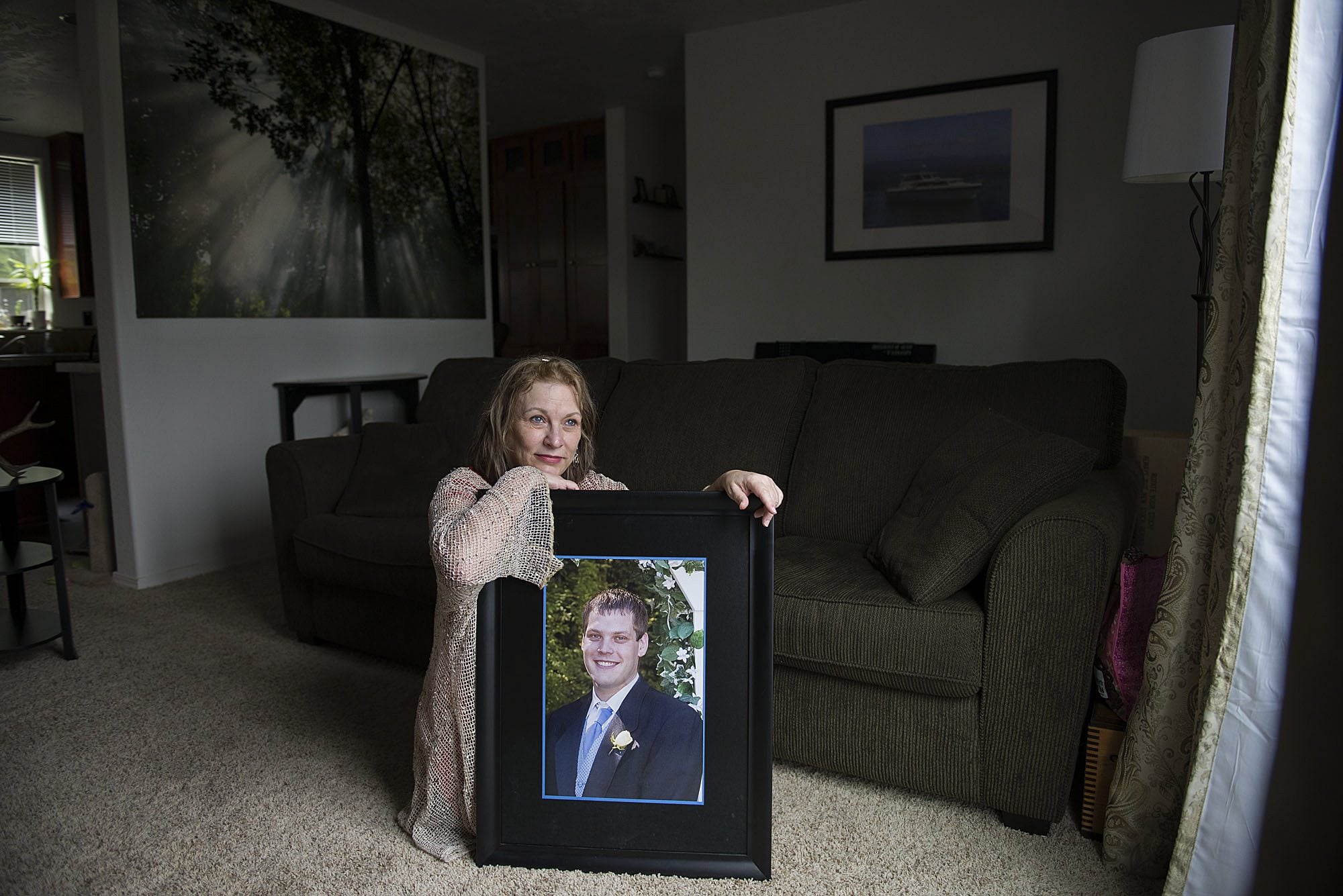Kyle Cryblskey always had a tender, giving heart.
At age 4, Kyle sobbed when “his” cows were hauled away from the family farm in Battle Ground. At age 14, he began donating blood after a friend fighting leukemia died. At age 16, he bottle fed and cared for a newborn kitten abandoned by its mother.
At age 23, two days before he died, Kyle cared for his mother who was feeling ill from migraines. He drove her to the doctor. Held her hand as he walked her back into the house and to her bed. Made her soup before heading back to work. Told her he loved her.
Two days later, on the day he died, Kyle gave his snowboarding helmet to his girlfriend to wear since she didn’t have one.
When Kyle crashed on a big jump that night on Feb. 13, 2010, he died instantly. The helmet wouldn’t have saved him; his neck was broken.




